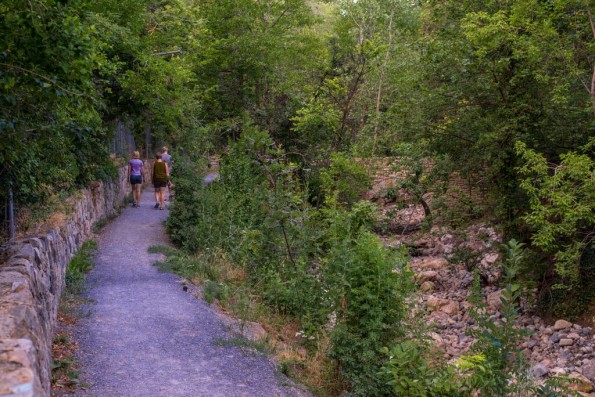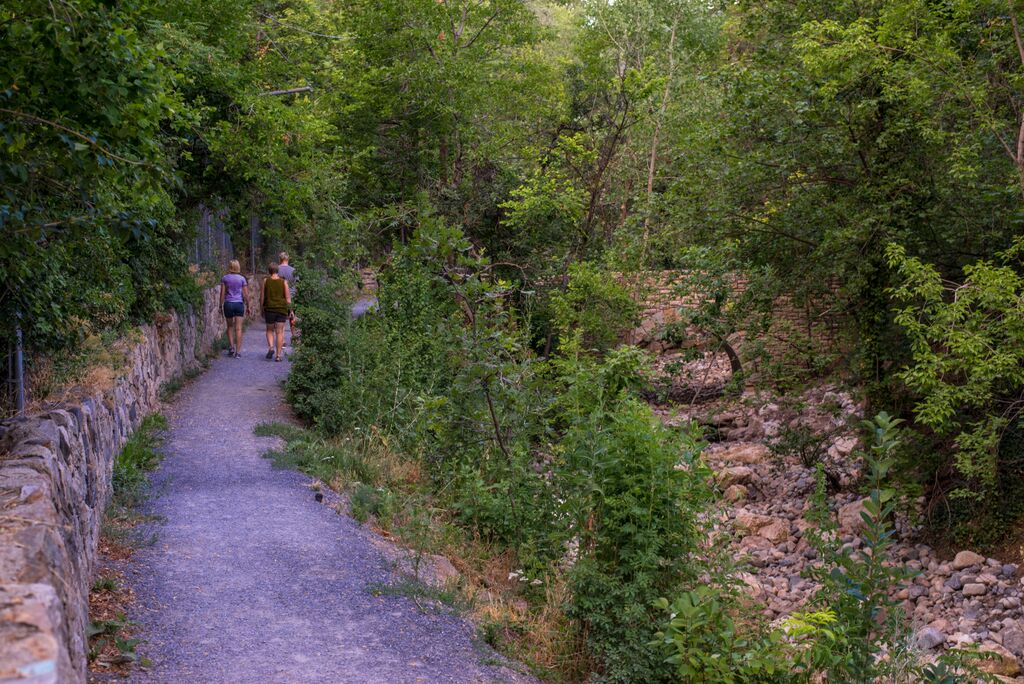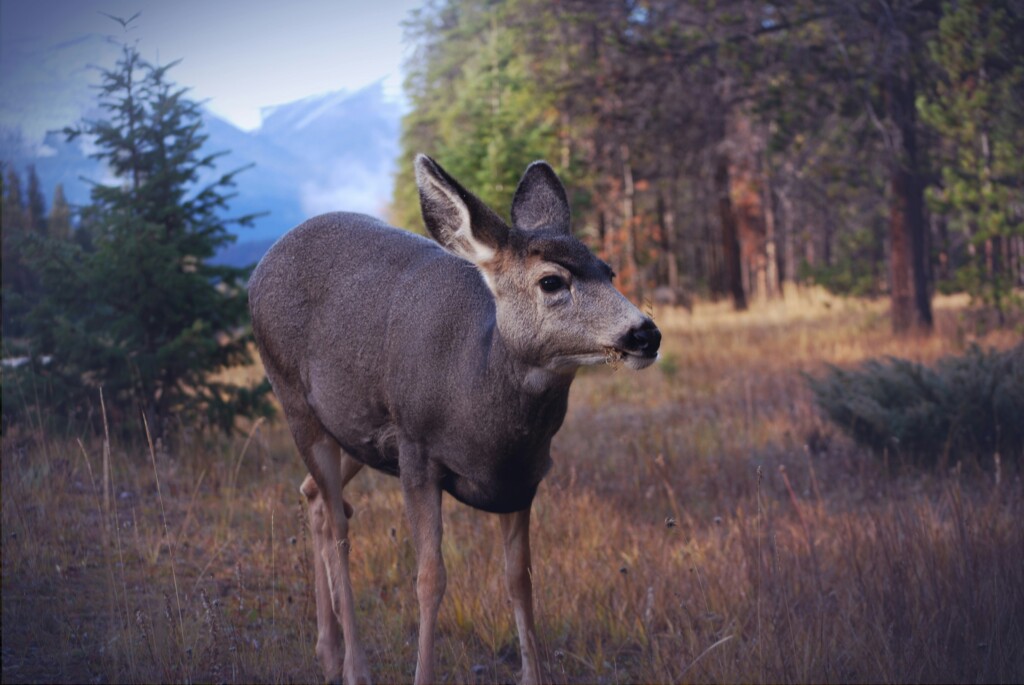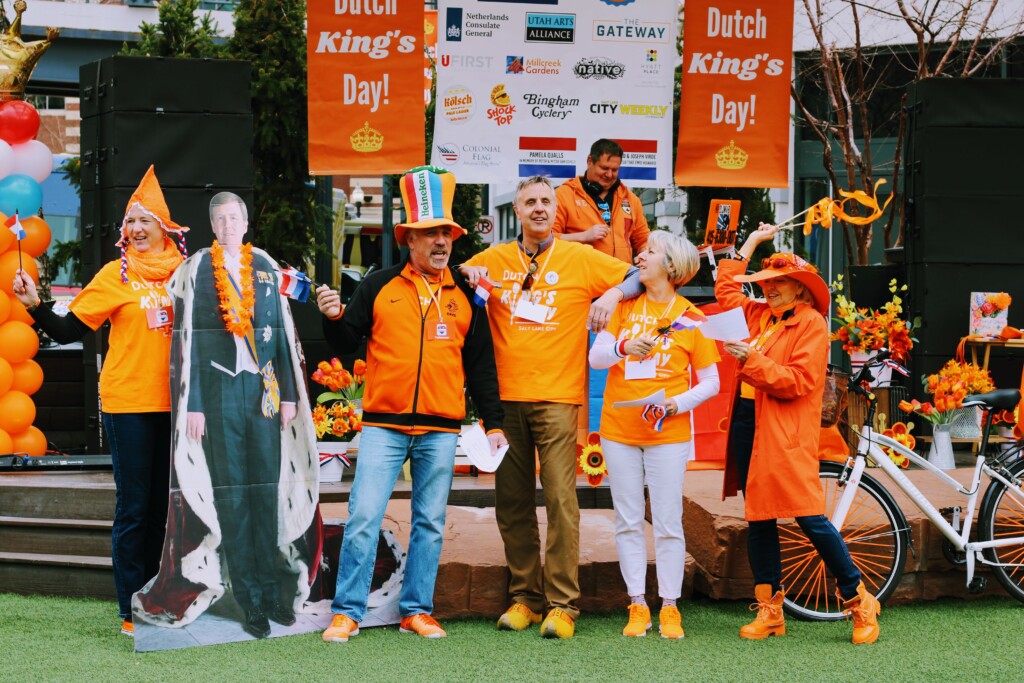
Not all of Salt Lake City’s parks are created equal. Some have soccer fields or bocce courts; others are constructed with open lawns for free, unstructured play.
When asked what they wanted in a park, the Friends of Imperial Park in Salt Lake’s Wilford neighborhood envisioned a traditional turfed recreation area, picnic tables in a pavilion, a well-equipped playground, a drinking fountain, benches and bike racks. Last May, Salt Lake City helped them celebrate the grand opening of their new park.
Sally Barraclough, president of the Imperial Neighborhood Park Association, said that the park is very successful. Children arrive by themselves on bikes, or by the wagonload with their parents. Kids play tag, soccer, Frisbee and softball in the open area. No rules; just children having a good time.
A few miles away, a very different park reopened this year. In 1935, Minnie Miller donated land for a nature park in what is now the Yalecrest neighborhood. The 8.75 acre Miller Bird Refuge and Nature Preserve is cherished by birdwatchers and those who stroll along its trails and across the old rock bridges spanning Red Butte Creek.
The park is an important wildlife corridor for birds migrating from Mexico, Central and South America. In recent years, the number of bird species in Miller Park has diminished. Salt Lake City Parks and Public Lands Division, using mitigation funds from the 2010 Chevron oil spill in Red Butte Creek, began a project to improve habitat for birds and other wildlife, and restore the health of the riparian ecosystem. Hopefully, bird numbers will again increase.
Lewis Kogan, director of the SLC Parks and Public Lands Program, said “We want to support the city as a living, breathing ecosystem. Our goal is to give people a place where they can breathe, and give wildlife and native species a little room where they belong.” The selection process also considers health benefits from cleaner air and improved water quality, and special attributes such as unique historic assets or geological features. The management and maintenance of these natural areas is based not so much on the visitors’ experience as on preserving the ecological values of the site.
Amy Barry is chair of the Parks, Natural Lands, Trails, and Urban Forestry Advisory Board that reviews proposals for the acquisition of new open spaces. She said that people are emotionally drawn to the natural landscape and experience it in a uniquely focused way. Exploring nature is an adventure, with the potential for new discoveries at any point. That is why several of the city’s natural lands are being used as locations for Tracy Aviary’s “Nature in the City” summer environmental education program, where students can explore and appreciate these limited remnants of Salt Lake’s native habitat.
For more information and to register for this free program, go to http://www.tracyaviary.org/nature-in-the-city .






